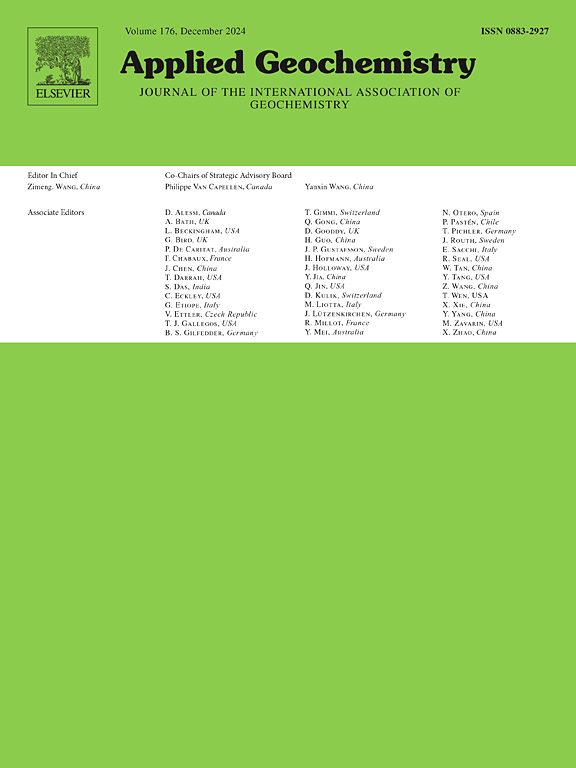Paleohydrogeology of the Horonobe area, Northern Hokkaido, Japan: Groundwater flow conditions during glacial and postglacial periods estimated from chemical and isotopic data for fracture and pore water
Abstract
Understanding the difference in groundwater flow between glacial and interglacial periods is crucial for predicting the impact of future climate changes on groundwater movement. This study assesses the difference in groundwater flow between the last glacial period (LGP) and the postglacial period (PGP) in fractured mudstones of the Horonobe area, Japan, by combining the data for stable isotopes (δD and δ18O) and Cl− concentration of fracture and pore waters with radiocarbon (14C) age. The isotopic compositions of fractures and pore waters indicate that groundwater at 28–250 m deep in a borehole closest to the recharge area comprises meteoric water, recharged under the same climates as the present. The fracture water has isotopic compositions more similar to meteoric water than the matrix pore water near the fracture. The 14C age of fracture water suggests meteoric water recharge during the PGP. At greater depths in the borehole and sampling points in other boreholes, the isotopic compositions indicate the mixing of glacial meteoric and altered connate water, with the fracture water having comparable isotopic compositions with the matrix pore water. The recharge timing of meteoric water is inferred to be the LGP or before based on 14C dating. These results suggest that the meteoric water recharged during the PGP flows at a shallow depth, whereas the meteoric water recharged during the LGP intruded to greater depths. This result is consistent with previous inferences from surface geophysical and geological surveys that the depths of local valleys during the LGP were greater by < 50 m than the present ones and enhanced the downward hydraulic gradient. Combining the chemical and isotopic compositions of groundwater with 14C age helps assess the groundwater flow during the LGP and PGP in fractured rocks.

 求助内容:
求助内容: 应助结果提醒方式:
应助结果提醒方式:


